Wooden almirahs can be categorized based on various factors such as size, design, functionality, and the type of wood used. Here are some common a types of wooden almirahs based on these criteria:
- Size-based classification:
- Single Door Almirahs: Small-sized almirahs with a single door, suitable for compact spaces or for storing specific items.

- Double Door Almirahs: Larger than single-door almirahs, typically offering more storage space with two doors.
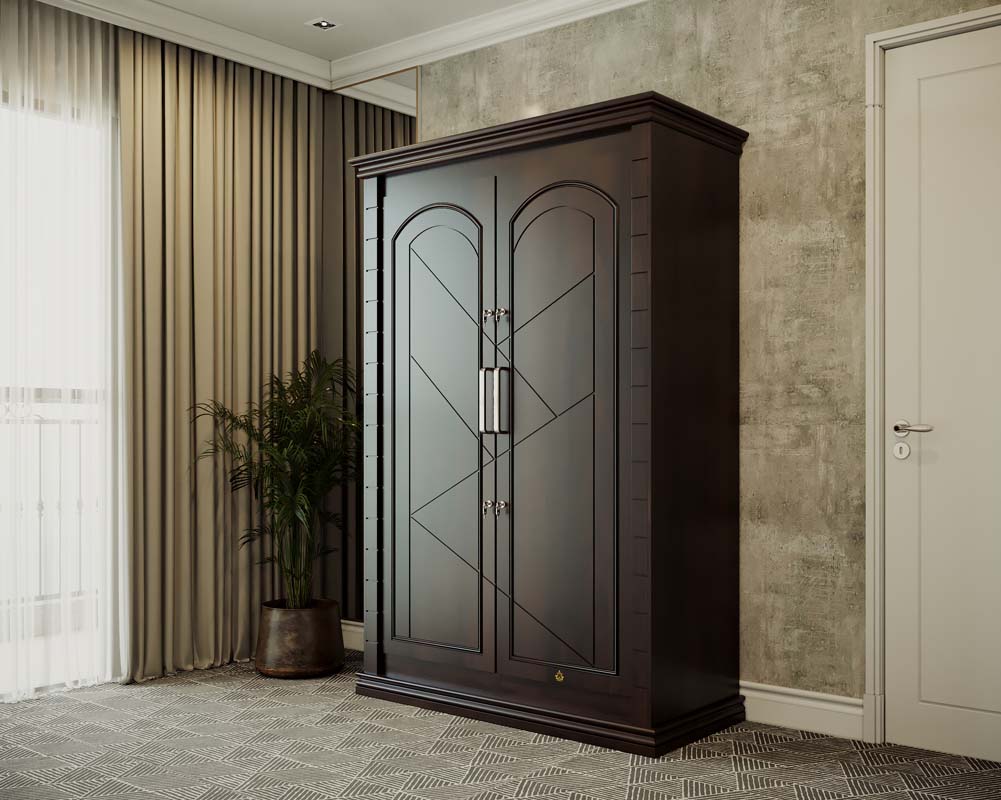
- Triple Door Almirahs: Even larger and more spacious, suitable for storing a variety of items.
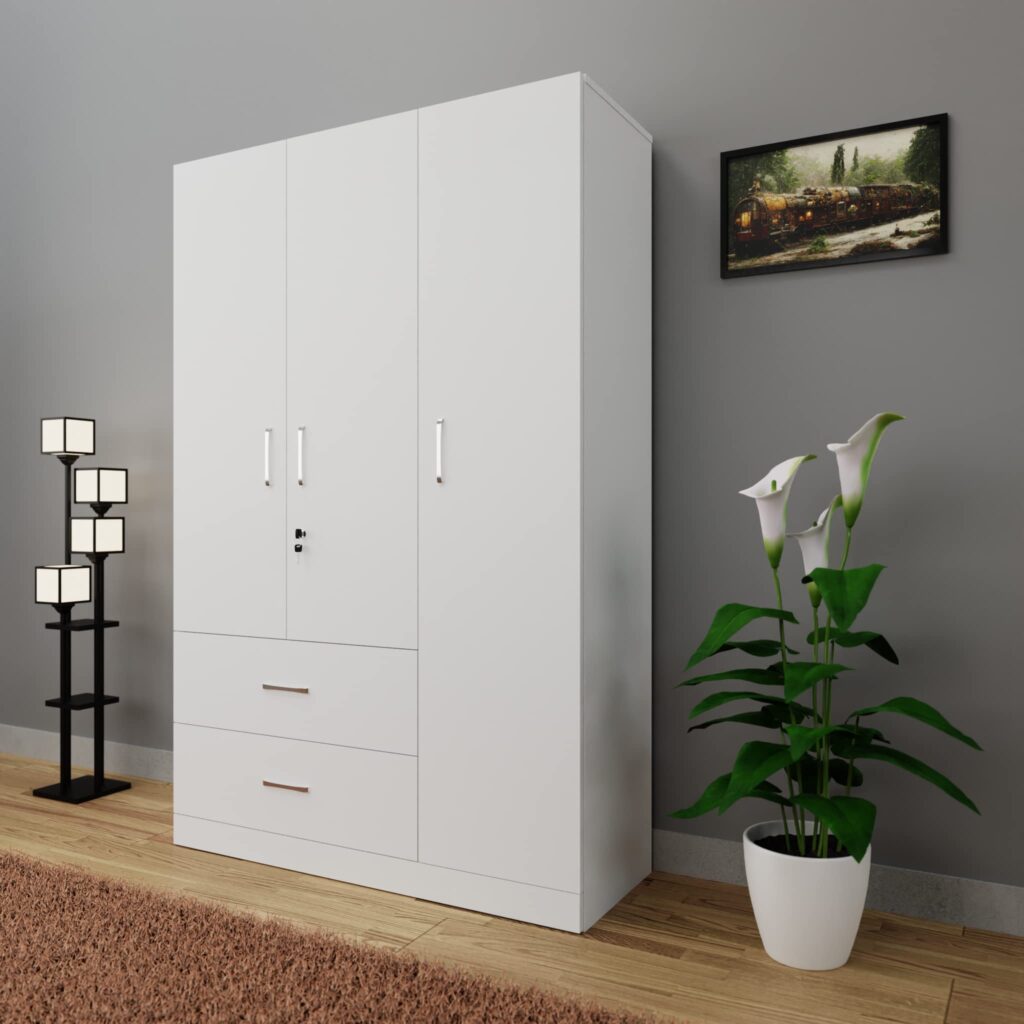
- Design-based classification:
- Traditional Wooden Almirahs: Typically have intricate designs, often featuring carvings or traditional motifs.

- Modern Wooden Almirahs: Have sleek, contemporary designs with clean lines and minimalist features.

- Antique Wooden Almirahs: Older or vintage designs, often restored or replicas of historical furniture pieces.
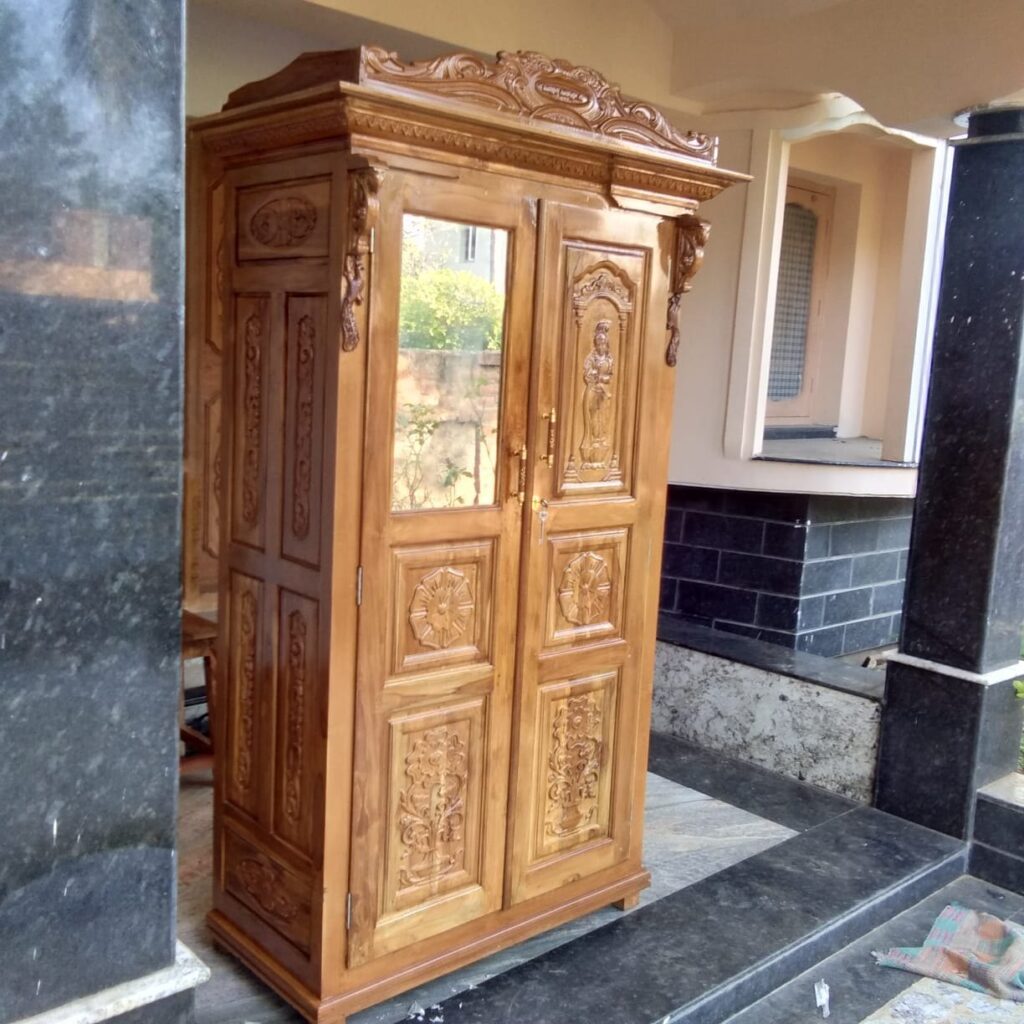
- Functionality-based classification:
- Wardrobe Almirahs: Designed primarily for hanging clothes, often with a combination of shelves and hanging rods.
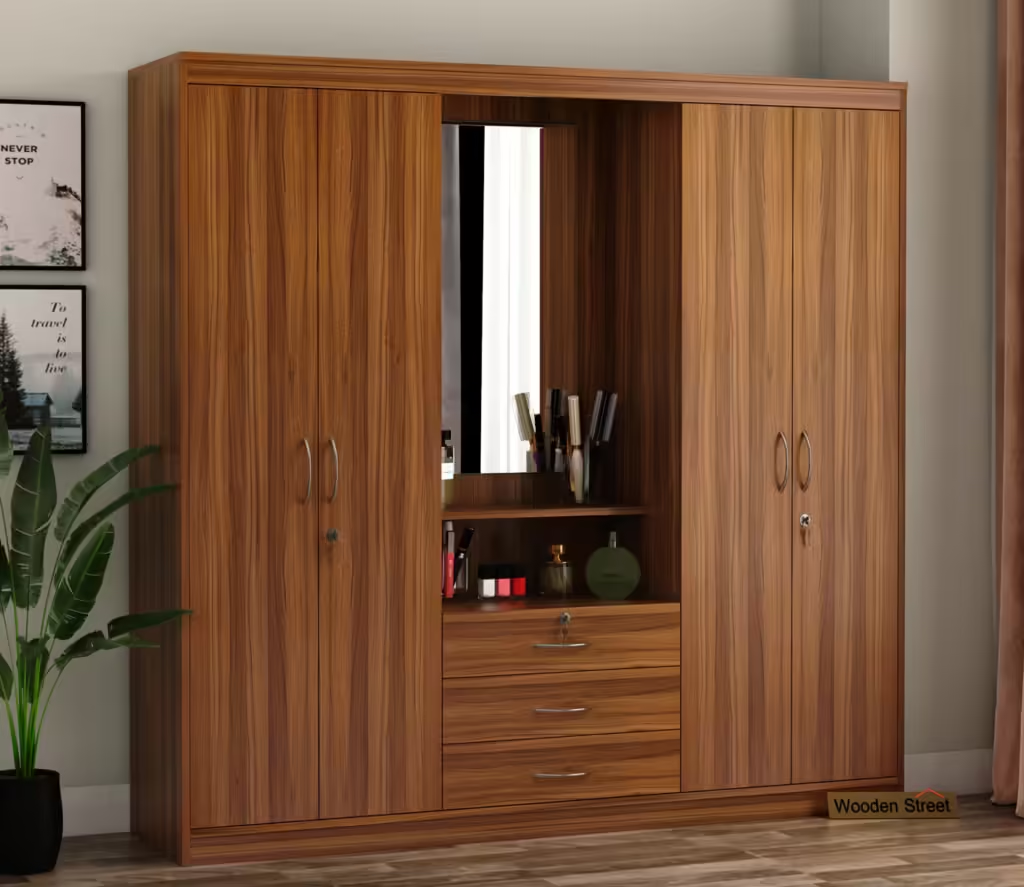
- Kitchen Almirahs: Specifically designed for storing kitchen items such as utensils, crockery, and food items.

- Multi-purpose Almirahs: Can be used for storing various items including clothes, books, and other household items.
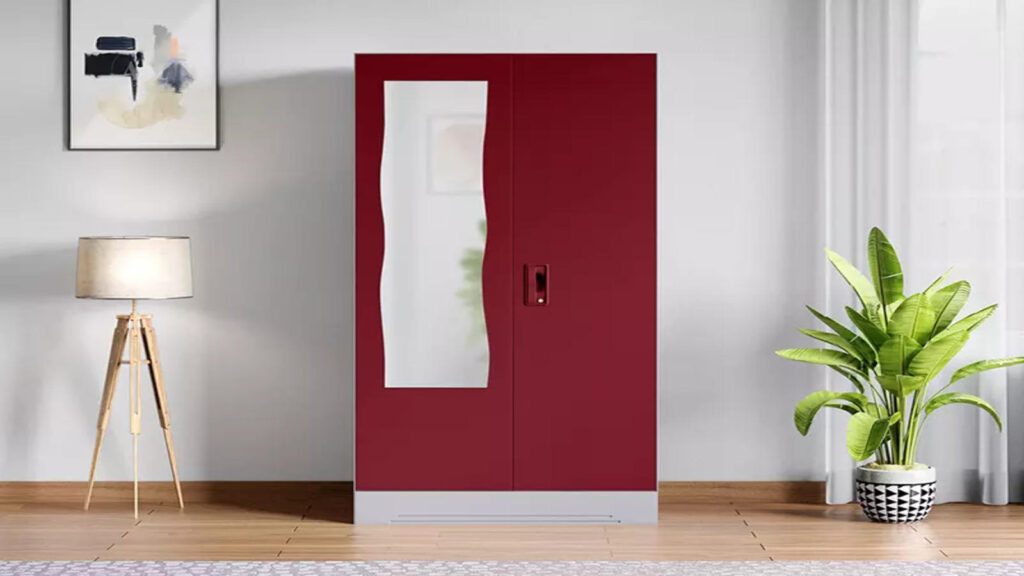
- Wood-based classification:
- Solid Wood Almirahs: Made entirely from solid wood, which could be hardwood like teak or oak, or softwood like pine.

- Engineered Wood Almirahs: Made from composite materials such as plywood, MDF (Medium-Density Fiberboard), or particle board, often with a veneer or laminate finish.

Each type of wooden almirah serves different needs and aesthetic preferences, catering to various spaces and storage requirements in homes or offices.
Wooden almirahs can be broadly categorized based on the type of wood used in their construction. Here are some common types:
Each type of wood has its own characteristics in terms of durability, grain pattern, color, and price. The choice of wood for an almirah often depends on factors such as budget, aesthetic preferences, and intended use.